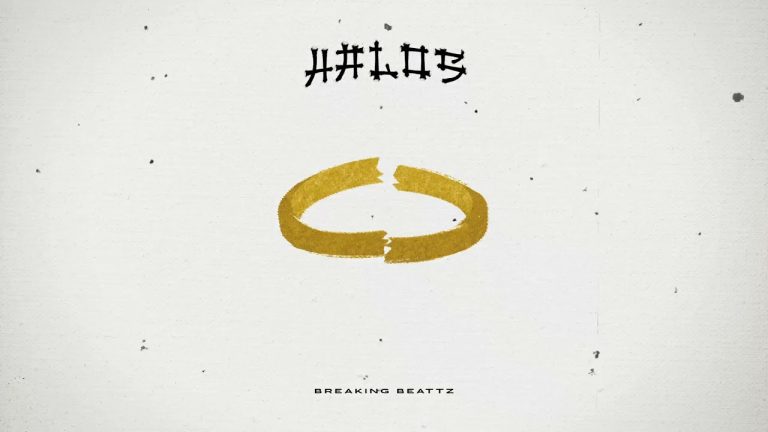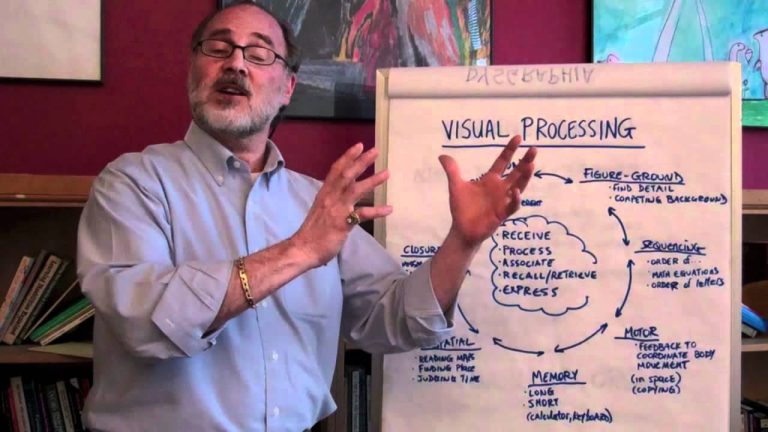Seeing the World Clearly: Understanding Topography in Optical Care
Topography: a crucial tool for optical and vision care professionals. It is the study of the shape and features of the Earth’s surface, including the measurement of elevation and gradient. In the field of optometry, topography is used to measure the shape of the cornea, an essential step in fitting contact lenses and diagnosing certain eye conditions.
Corneal topography provides a map of the surface of the cornea, allowing for precise measurements of its curvature, astigmatism, and other features that affect vision. This information helps doctors determine the best type of contact lens for a patient, whether it be soft, hard, or gas permeable, as well as the precise prescription needed to correct vision.
The Importance of Corneal Topography
Corneal topography provides a wealth of information about a patient’s eyes, allowing doctors to tailor their approach to each individual case. By understanding the precise curvature of the cornea, doctors can correct for vision problems that may not be adequately addressed by traditional methods.
For example, a patient with keratoconus, a condition in which the cornea becomes cone-shaped, may require a custom-made contact lens designed to fit their unique corneal shape. Corneal topography also plays a crucial role in diagnosing conditions such as corneal dystrophy and degeneration.
The Process of Corneal Topography
Corneal topography is a simple, painless procedure that takes only a few minutes. The patient sits in front of a machine that uses either a video camera or a scanning device to measure the shape of the cornea.
The patient is asked to look straight ahead while the machine takes measurements. The measurements are then uploaded to a computer program that creates a map of the cornea, which the doctor can use to make informed decisions about contact lens fit and vision correction.
Types of Corneal Topography
- Placido-based topography: uses a lighted ring to project a pattern onto the cornea, which is captured by a camera and analyzed by a computer.
- Scheimpflug-based topography: uses a rotating camera to capture images of the cornea from different angles, allowing for a more detailed 3D analysis.
Conclusion
Corneal topography is a vital tool for optometrists and ophthalmologists, allowing them to provide personalized care to their patients. By measuring the shape of the cornea, doctors can diagnose and treat a range of eye conditions, from basic refractive errors to complex degenerative disorders. As technology advances, corneal topography will continue to be a crucial part of vision care.
Contents
Most wanted in Hoya Vision:
What are prism eyeglass lenses?
Hoya Lens Engravings
What brand lenses does Costco use?
What does +0.25 mean on an eye test?
Do tinted glasses help with migraines?
Should eyeglasses cover eyebrows?
Hoya Identification Chart
Does hyperopia worsen with age?
What LED light is best for broken capillaries?
What is the difference between Ray Ban RB and Rx?
















